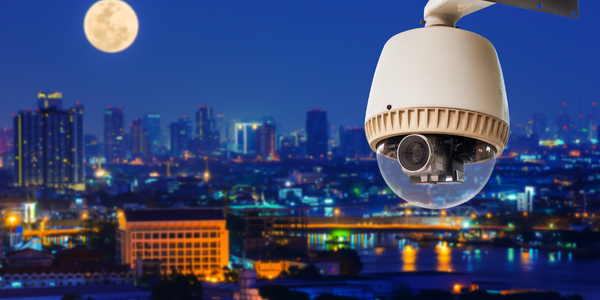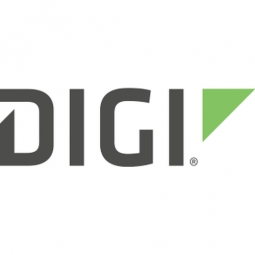
技术
- 网络与连接 - 低功耗广域网
适用行业
- 电子产品
客户
微功率技术
关于客户
MicroPower Technologies 是集成太阳能供电无线监控系统的供应商,该系统针对安全、运营和商业智能应用的快速、经济高效的部署进行了优化。
挑战
一家大型公用事业公司 MicroPower Technologies 的客户决定对视频监控技术进行评估,该客户需要一种解决方案来监控 25 个城镇的 4,000 多平方英里的远程配电线路的不利条件。动荡的天气是一种破坏性的条件,这就是为什么该公用事业公司聘请了三名全职气象学家来就其维持系统正常运行时间的能力所面临的迫在眉睫的风险提供预警。
解决方案
配备 Digi 蜂窝路由器的 MicroPower 太阳能无线监控平台提供主要和备用连接,专为通过 3G/4G LTE 网络及其他网络连接广域网 (WAN) 而设计。 Gobi 技术提供多个蜂窝运营商之间的故障转移。软件组件 - MicroPower SOLVEIL 高清监控平台
收集的数据
Connectivity Status, Device Diagnostic Status, Production Efficiency, Response Time, Uptime
运营影响
数量效益

Case Study missing?
Start adding your own!
Register with your work email and create a new case study profile for your business.
相关案例.

Case Study
Remote Temperature Monitoring of Perishable Goods Saves Money
RMONI was facing temperature monitoring challenges in a cold chain business. A cold chain must be established and maintained to ensure goods have been properly refrigerated during every step of the process, making temperature monitoring a critical business function. Manual registration practice can be very costly, labor intensive and prone to mistakes.

Case Study
Cloud Solution for Energy Management Platform-Schneider Electric
Schneider Electric required a cloud solution for its energy management platform to manage high computational operations, which were essential for catering to client requirements. As the business involves storage and analysis of huge amounts of data, the company also needed a convenient and scalable storage solution to facilitate operations efficiently.

Case Study
Leveraging the IoT to Gain a Competitive Edge in International Competition
Many large manufacturers in and outside Japan are competing for larger market share in the same space, expecting a growing demand for projectors in the areas of entertainment, which requires glamor and strong visual performance as well as digital signage that can attract people’s attention. “It is becoming more and more difficult to differentiate ourselves with stand-alone hardware products,” says Kazuyuki Kitagawa, Director of Service & Support at Panasonic AVC Networks. “In order for Panasonic to grow market share and overall business, it is essential for us to develop solutions that deliver significant added value.” Panasonic believes projection failure and quality deterioration should never happen. This is what and has driven them to make their projectors IoT-enabled. More specifically, Panasonic has developed a system that collects data from projectors, visualizes detailed operational statuses, and predicts issues and address them before failure occurs. Their projectors are embedded with a variety of sensors that measure power supply, voltage, video input/ output signals, intake/exhaust air temperatures, cooling fan operations, and light bulb operating time. These sensors have been used to make the projector more intelligent, automatically suspending operation when the temperature rises excessively, and automatically switching light bulbs. Although this was a great first step, Panasonic projectors were still not equipped with any capability to send the data over a network.






